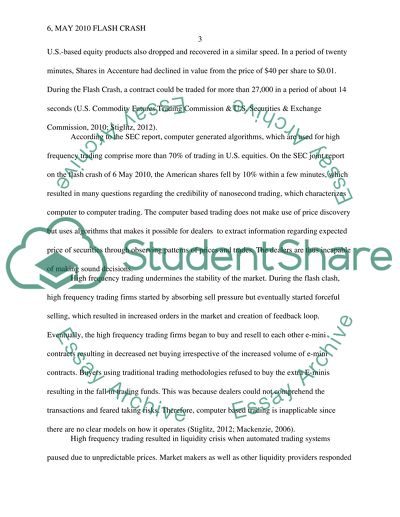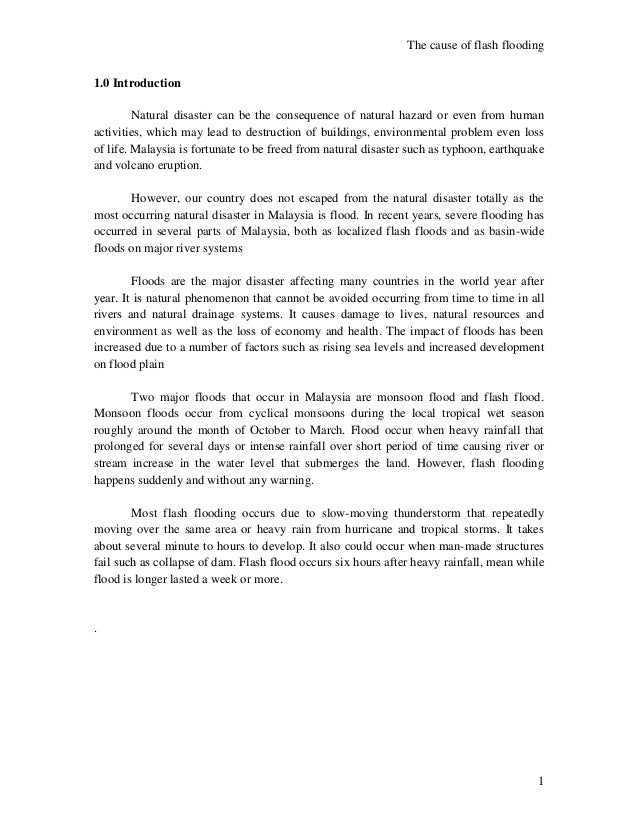- Examples of Canon from Literature Example #1: The Plowman’s Tales (By Geoffrey Chaucer) “In a summer season when soft was the sun, I clothed myself in a cloak as I shepherd were, Habit like a hermit’s unholy in works, And went wide in the world wonders to hear. But on a May morning on Malvern hills, A marvel befell me of fairy, me thought.”.
- Flash is a unique and adaptable form that can be applied to almost any genre. There are flash mysteries. Postcard flash might only be about travel—you are limited to the amount of space typically taken up by the back of a postcard. For example, flash foodies write very small about. I write flash memoir.
Definition of Meiosis
The word meiosis originated from the Greek word meioo, which means “to diminish,” or “to make smaller.” Meiosis can be defined as a witty understatement that belittles or dismisses something or somebody; particularly by making use of terms that give an impression that something is less important than it is or it should be. Meiosis examples are sometimes used in the sense of a synonym of litotes.
In literature, however, meiosis describes the use of understatement to highlight a point, or explain a situation, or to understate a response used to enhance the effect of a dramatic moment. For example, when Mercutio is wounded mortally and says, “ay, ay, a scratch, a scratch…” (Romeo and Juliet, by William Shakespeare) it is a form of meiosis.
Features of Meiosis
Meiosis examples are sometimes used in the sense of a synonym of litotes. In literature, however, meiosis describes the use of understatement to highlight a point, or explain a situation, or to understate a response used to enhance the effect of a dramatic moment. Sharing the work of writers who practice writing flash memoir, for example, Beth Ann Fennelly, will result in a more complete understanding of the form. Through sharing your journals, you’ll discover the stories you want to tell. Conclusion and reading. You will share your work, what you learned, and have time for questions and comments.
- It is intentional understatement.
- It is used to belittle a person or an event.
- It is opposite to hyperbole or exaggeration.
- It often makes use of litotes as synonyms to give ironic effect.
Examples of Meiosis in Literature
There are several examples of meiosis in literature, where the persons and events are understated, depending on the situations. Here are some of them:
Example Of A Memoir Paper
Example #1: King Lear (By William Shakespeare)
Memoir Examples For Kids
“I am a very foolish fond old man,
Fourscore and upward, not an hour more or less;
And, to deal plainly,
I fear I am not in my perfect mind…”
Shakespeare has used meiosis in these lines to create humor. Although it is undoubtedly clear that the king has gone mad, his reaction that “I fear I am not in my perfect mind” is an example of an understatement.
Example #2: Hamlet (By William Shakespeare)
“…A little month, or ere those shoes were old
With which she followed my poor father’s body…
O God, a beast that wants discourse of reason
Would have mourned longer…
O, most wicked speed, to post
With such dexterity to incestuous sheets!
It is not nor it cannot come to good:
But break, my heart; for I must hold my tongue.”
In this speech, Hamlet uses understatement or meiosis to conclude his soliloquy, where he states that all this cannot come to good. This is a gentle statement compared to the rest of his speech, in which he has lashed out at his mother. The best and the most effective use of meiosis can be seen in tragic plays like this one.
Example #3: Fire and Ice (By Robert Frost)
“Some say the world will end in fire,
Some say in ice.
From what I’ve tasted of desire
I hold with those who favor fire.
But if it had to perish twice,
I think I know enough of hate
To say that for destruction ice
Is also great
And would suffice.”
The understatement of the entire poem is given in the last word which is suffice, which means “adequate.” In this poem, ice symbolizes hatred, and fire passion that could consume relations quickly. Therefore, both would be more than enough to destroy the world.
Example #4: Monty Python and the Holy Grail, 1975 (By Graham Chapman, John Cleese, Eric Idle, Terry Gilliam, Terry Jones, and Michael Palin)
King Arthur: “The Lady of the Lake, her arm clad in the purest shimmering samite held aloft Excalibur from the bosom of the water.”
Peasant: “Listen, strange women lying in ponds distributing swords is no basis for a system of government. Power derives from the masses not from some farcical aquatic ceremony.”
King Arthur: “Be quiet!”
Peasant: “You can’t expect to wield supreme power because some watery tart threw a sword at you.”
Memoir Examples For High School
King Arthur: “Shut up!”
Peasant: “If I went around saying I was an emperor because some moistened bint had lobbed a scimitar at me…”
Just check the use of the words moistened bint the peasant says to King Arthur. This is the best use of meiosis which belittles the king himself.
Function of Meiosis
Meiosis, in fact, illustrates tone and mannerism, such as quiet and brooding, where protagonists are often understated in tone and action. Meiosis is very common everywhere in our daily lives, old and modern literature, and media. We can distinguish understatement in modesty, in humor, in composed and calm characters, and in personalities, where it gives rhetorical effects to the speech delivered by them.

Since it is a method used to give information that diminishes the response of an overemotional occurrence, the basic function of meiosis is to reduce the significance of someone or something in order to heighten something else simultaneously.
Definition of Canon
Originated from the Greek term “kanon,” canon means “a yard stick,” or “a measuring rod.” Generally, the term canon is used in three different meanings.
First, it is defined as a traditional collection of writings, against which other writings are evaluated. In other words, it means “a long list of works taken as authentic.” For example, the Bible – both written in Hebrew, and even translated versions. This sense of the term makes canon opposite to “apocrypha,” which means “written works having anonymous authors.” The Bible was considered a yardstick to evaluate other literary pieces, according to a certain criterion.
Secondly, students of literature use it to refer to the writings included in anthologies, or textbooks under certain genres, and thus are evaluated according to the genre under which they are placed. This meaning covers the entire literature generally thought as suitable for aesthetic admiration and academic use.
The third definition of the term indicates the literary writings of a particular author, which are considered by scholars and critics in general to be the genuine creations of that particular author. This is based on some already deduced rules intended to be applied on the future pieces in the same genre. The term “canon” is also confused with a homonym “cannon,” which means “a military weapon.”
Difference Between Canon and Apocrypha
Apocrypha is also a literary term, which means “hidden,” or “anonymous literary pieces,” which were considered not to have confirmed to the rules set by the written Bible, in Hebrew or in Latin. It describes those books, which have dubious authorship or the authority, or where the accuracy of the writers is questionable. However, canon is a literary rule that is used to evaluate books and writings against certain models, such as plays are evaluated against Oedipus the King by Sophocles, where Oedipus the King is a yardstick which has set canons for plays.
Examples of Canon from Literature
Example #1: The Plowman’s Tales (By Geoffrey Chaucer)

“In a summer season when soft was the sun,
I clothed myself in a cloak as I shepherd were,
Habit like a hermit’s unholy in works,
And went wide in the world wonders to hear.
But on a May morning on Malvern hills,
A marvel befell me of fairy, me thought.”
Taken from The Plowman’s Tale, these lines exemplify the third definition of canon. Chaucer’s canon includes “The Canterbury Tales”, for instance, but it does not include the apocryphal work, “The Plowman’s Tale,” which has been mistakenly attributed to him in the past. The canon is the use of archaic language that Chaucer used in his works but not used in this part.

Example #2: Authors Who Made Extraordinary Contributions to Literature
In the history of literature, a number of authors and poets have made such an extraordinary contributions that their literary works are considered yardsticks to have set canons to evaluate other works. Their literary works obtain in themselves the position of literary canon which the successive writers use as touchstone to compare their creations with. For example:

Greek Poet Homer
For a very long time the world considered the Greek epics of Homer, the Iliad, and Odyssey, as the most sublime examples of literature. However, we have no idea whether the popular and well-known author was a genuine person. Homer, and the other writers inspired by him, have made their way to the list of the greatest literary brains of the world since antiquity – only by following the literary canons of writing.
How To Write A Flash Memoir
English Writer William Shakespeare
William Shakespeare wrote both tragedies and comedies for Elizabethan audiences, throughout the late 16th, and early 17th centuries. However, Shakespeare’s earned appreciation for these works became yardstick by which other writers to judge their places in literature. For many decades, English writers compared themselves with Shakespeare. This approach of looking at, and following a writer’s work for measuring literary excellence and success is, in fact, called a “Shakespearean canon.”
English Novelist Jane Austen
Jane Austen is one of those female writers who came to the limelight by breaking all the traditional and conventional shackles. She wrote mild and smiling romantic novels, such as Pride and Prejudice and Emma, setting them in England, and making marriage her subject to be explored. As she used round characters in her novels, uniquely different from her counterparts, this became her style, and finally a canon against which other female writers would be evaluated.
Function of a Canon
Flash Memoir Examples
The function of a canon has always raised confusion and complexity. The works, traditionally considered as following a certain canon, belong to the writers who have long been dead. Moreover, only the white and male writers of antiquity have been given membership to this exclusive club. Women, minorities, and non-Western writers were kept out of this kind of arbitrary practice for a long time – until they won recognition such as the writers of the Harlem Renaissance.
Memoir Examples Essay
Furthermore, philosophical and political biases also resulted in disputes over literary canons. Hence, a number of critical circles suggest that the idea of having specific canons for specific genres needs to be abandoned. On the contrary, some other critics advocate the expansion of canons by including the extended range of sampling to broaden the horizon literary canons.
